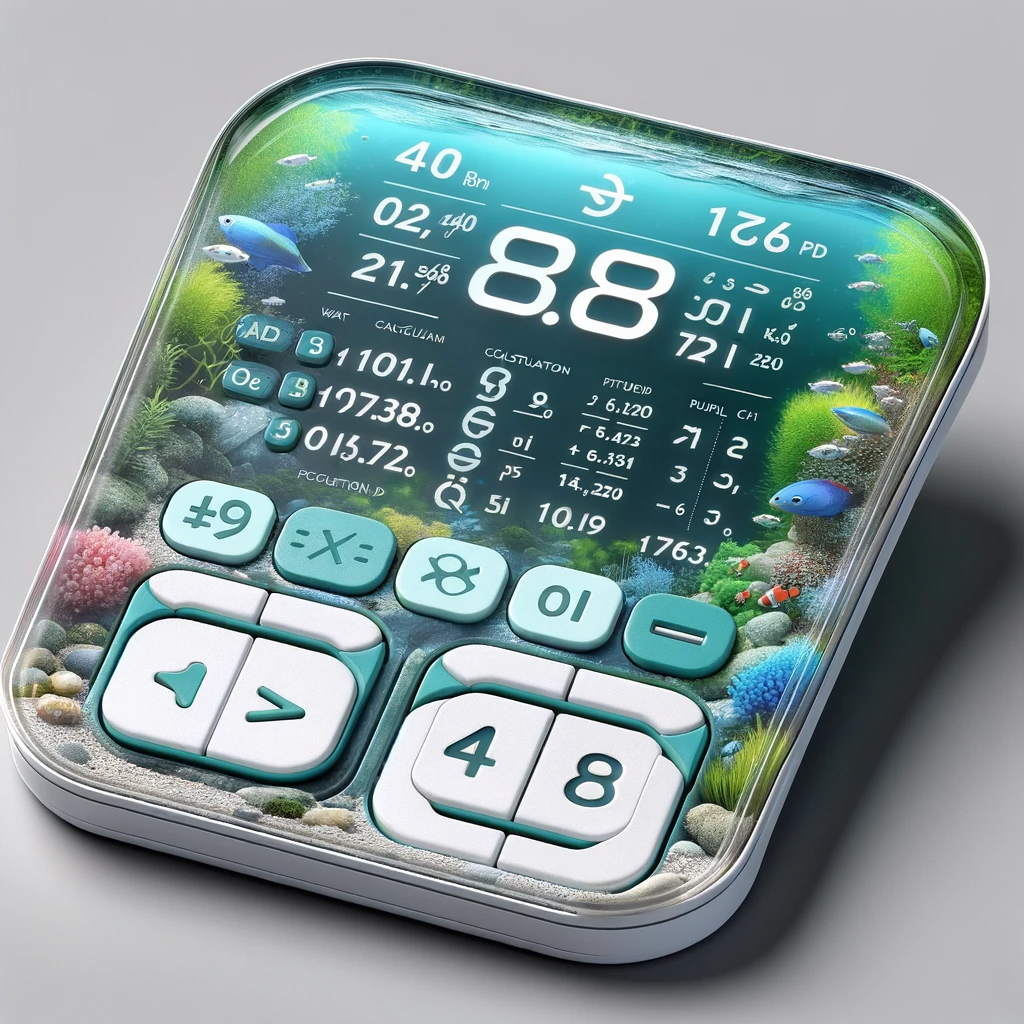Discover the essential guidelines for stocking your aquarium with fish. Learn how to determine the appropriate number of fish for your tank size and ensure a healthy and thriving aquatic environment.
Understanding the Importance of Proper Aquarium Stocking
Proper aquarium stocking is crucial for the health and well-being of your fish. Overstocking can lead to poor water quality, stress, and disease among the fish. It is important to understand the limits of your aquarium and provide a suitable environment for your fish to thrive.
When an aquarium is properly stocked, the fish have enough space to swim and establish territories. They can exhibit natural behavior and are less likely to become aggressive or stressed. Additionally, a balanced fish population helps maintain a healthy ecosystem in the aquarium.
By understanding the importance of proper aquarium stocking, you can create a harmonious and thriving aquatic environment for your fish.
Factors to Consider When Stocking Your Aquarium
Before stocking your aquarium, there are several factors you need to consider. These include the size of your tank, the type of filtration system you have, the water parameters, and the compatibility of different fish species.
The size of your tank is one of the most important factors to consider. A larger tank provides more swimming space and allows for a greater number of fish. Smaller tanks, on the other hand, have limitations on the number and size of fish that can be kept.
The type of filtration system you have plays a crucial role in maintaining water quality. Different filtration systems have different capacities, and you need to ensure that your system can handle the waste produced by the fish.
Water parameters such as temperature, pH, and hardness also need to be considered. Different fish species have specific requirements, and you should choose fish that can thrive in your aquarium's water conditions.
Finally, the compatibility of different fish species should be taken into account. Some fish are territorial, while others are more peaceful. Mixing incompatible species can lead to aggression and stress among the fish.
By carefully considering these factors, you can make informed decisions when stocking your aquarium and create a suitable environment for your fish.
Calculating the Ideal Fish Stocking Level
Calculating the ideal fish stocking level is essential to prevent overcrowding and maintain a healthy aquarium. One commonly used guideline is the inch-per-gallon rule, which suggests that you can keep one inch of fish per gallon of water. However, this rule has limitations and should be used as a rough estimate rather than a strict rule.
It is important to consider the adult size of the fish when calculating the stocking level. Some fish may be small when you purchase them, but they can grow significantly over time. You should research the adult size of the fish species you plan to keep and ensure that your tank can accommodate them.
Another factor to consider is the activity level of the fish. Some fish are more active and require more swimming space, while others are more sedentary. Taking into account the behavior and needs of the fish will help you determine the appropriate stocking level.
Additionally, you should consider the bioload of the fish. Fish produce waste, and an excessive bioload can lead to poor water quality. It is important to choose fish that have a similar bioload and ensure that your filtration system can handle the waste produced.
By considering the adult size, activity level, and bioload of the fish, you can calculate a more accurate and suitable fish stocking level for your aquarium.
Choosing Compatible Fish Species
Choosing compatible fish species is crucial to prevent aggression and ensure a harmonious aquarium environment. Some fish are known to be territorial and aggressive towards certain species, while others are more peaceful and can coexist with a variety of fish.
Researching the behavior, temperament, and compatibility of different fish species is essential before adding them to your aquarium. You should consider factors such as the fish's natural habitat, preferred water conditions, and social behavior.
It is also important to consider the size of the fish and their potential growth. Mixing fish of significantly different sizes can lead to predation and stress among the smaller fish.
When introducing new fish to an established aquarium, it is recommended to quarantine them first. This helps prevent the spread of diseases and allows you to observe their behavior and ensure compatibility before introducing them to the main tank.
By carefully choosing compatible fish species, you can create a peaceful and thriving community in your aquarium.
Maintaining a Healthy Aquarium Ecosystem
Maintaining a healthy aquarium ecosystem is essential for the well-being of your fish. Several factors contribute to a healthy ecosystem, including water quality, proper feeding, regular maintenance, and monitoring of the aquarium.
Regular water testing is important to ensure that the water parameters are within the appropriate range for your fish. This includes testing for pH, ammonia, nitrite, and nitrate levels. If any parameters are out of balance, appropriate measures should be taken to correct them.
Proper feeding is crucial to provide the necessary nutrients for your fish while avoiding overfeeding. Overfeeding can lead to excess waste and poor water quality. It is important to feed your fish a balanced diet and avoid leaving uneaten food in the tank.
Regular maintenance tasks such as water changes, filter cleaning, and algae control should be performed to keep the aquarium clean and healthy. These tasks help remove accumulated waste and maintain optimal water conditions.
Monitoring the aquarium on a regular basis allows you to identify any potential issues early on. This includes observing fish behavior, checking for signs of disease or stress, and inspecting equipment for proper functioning.
By maintaining a healthy aquarium ecosystem, you can provide the best possible environment for your fish to thrive and enjoy a long and happy life.





Leave a Comment